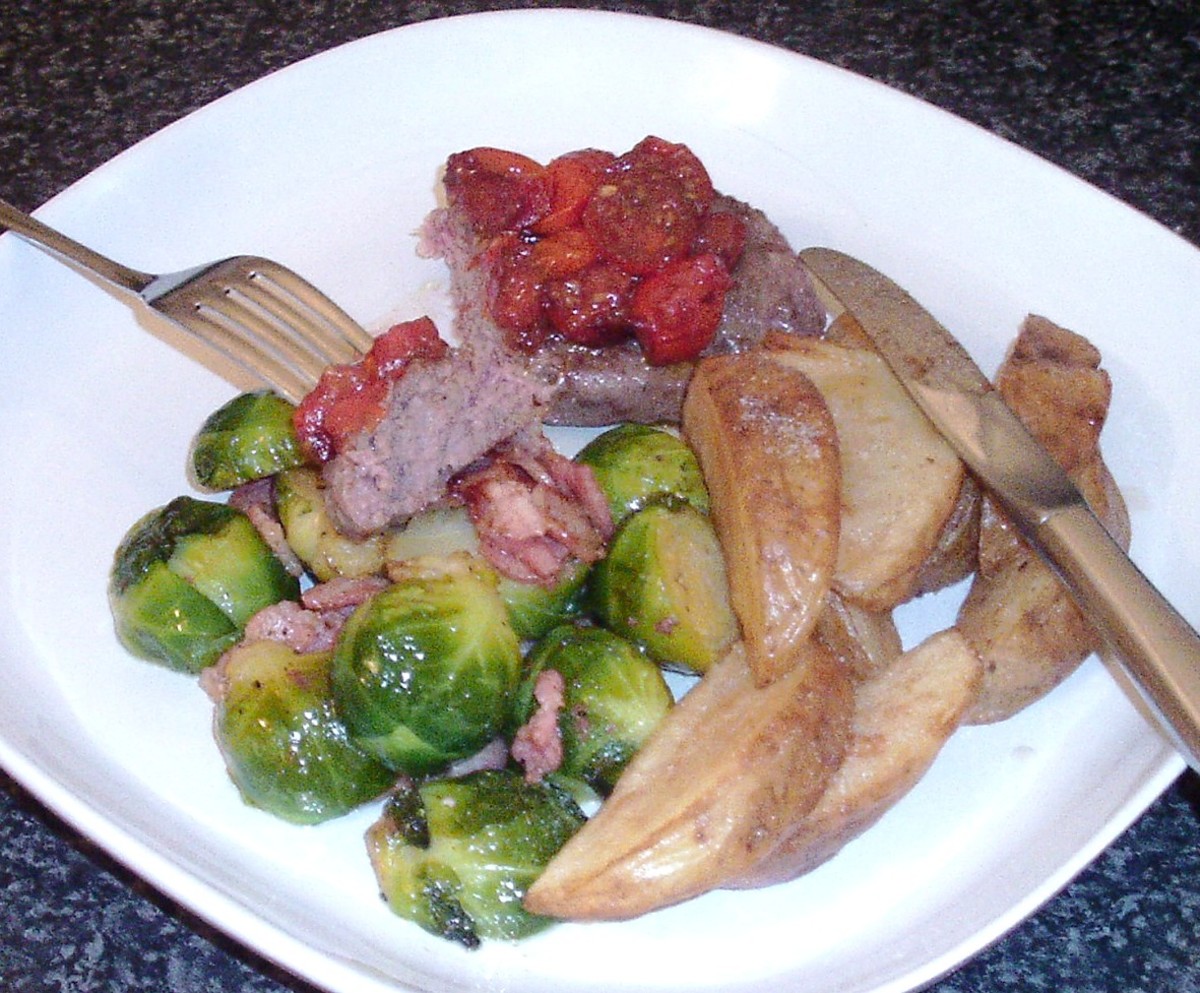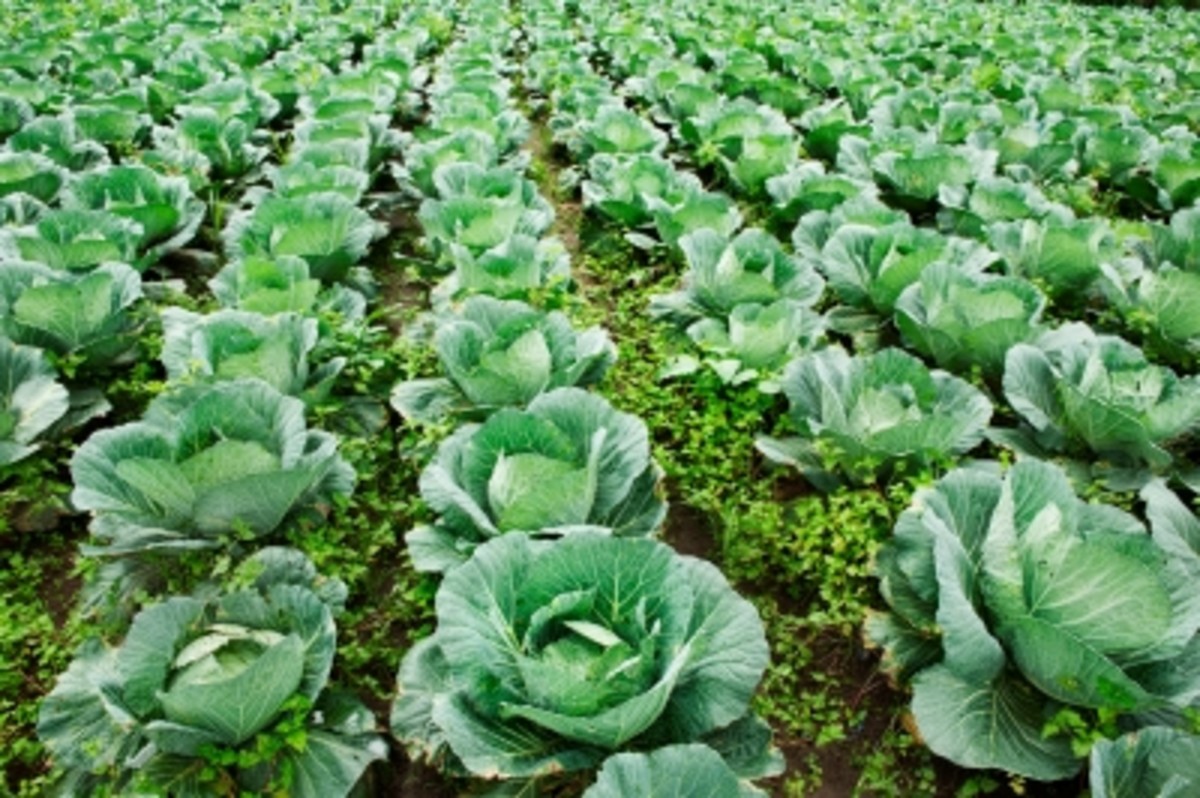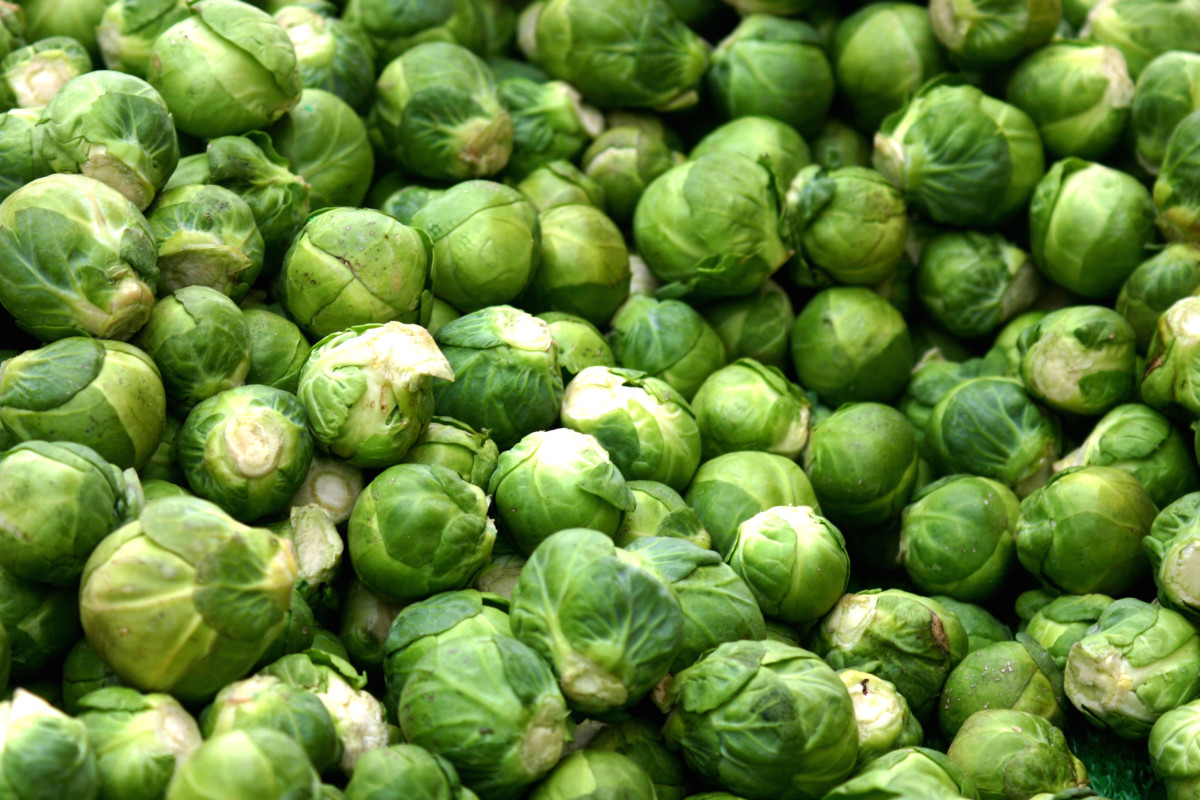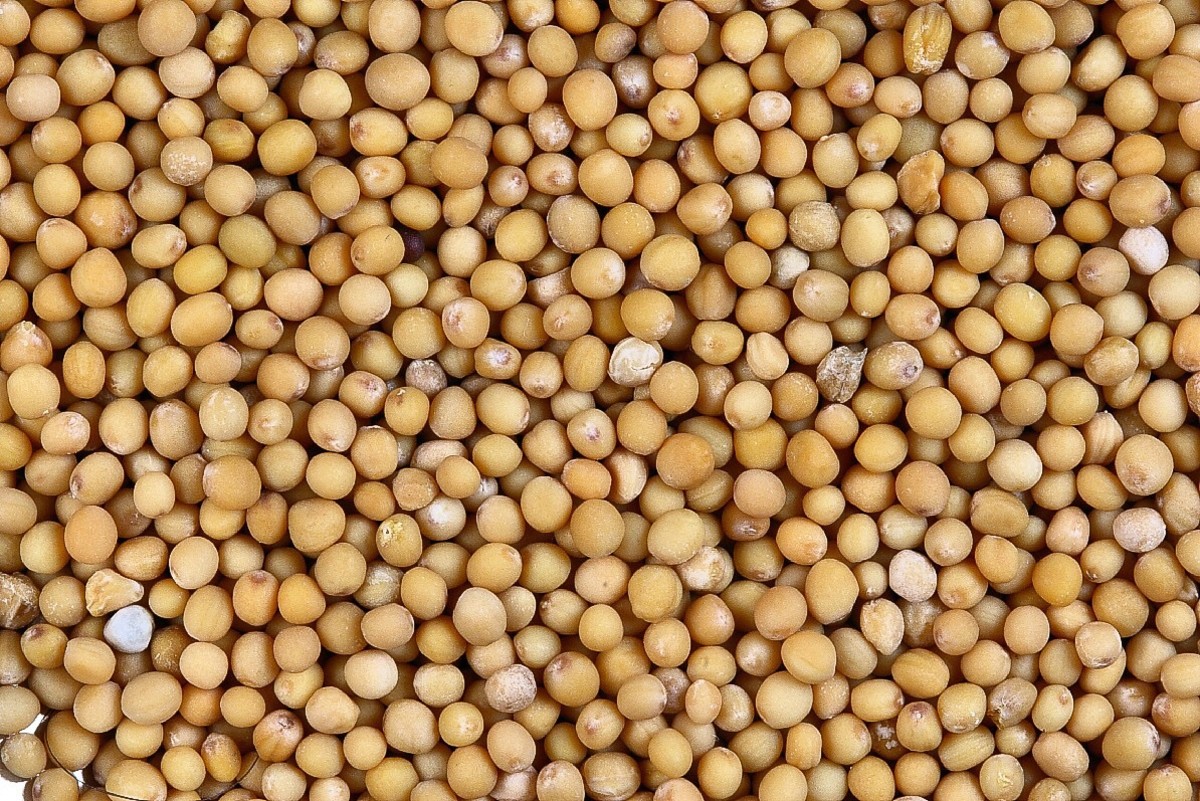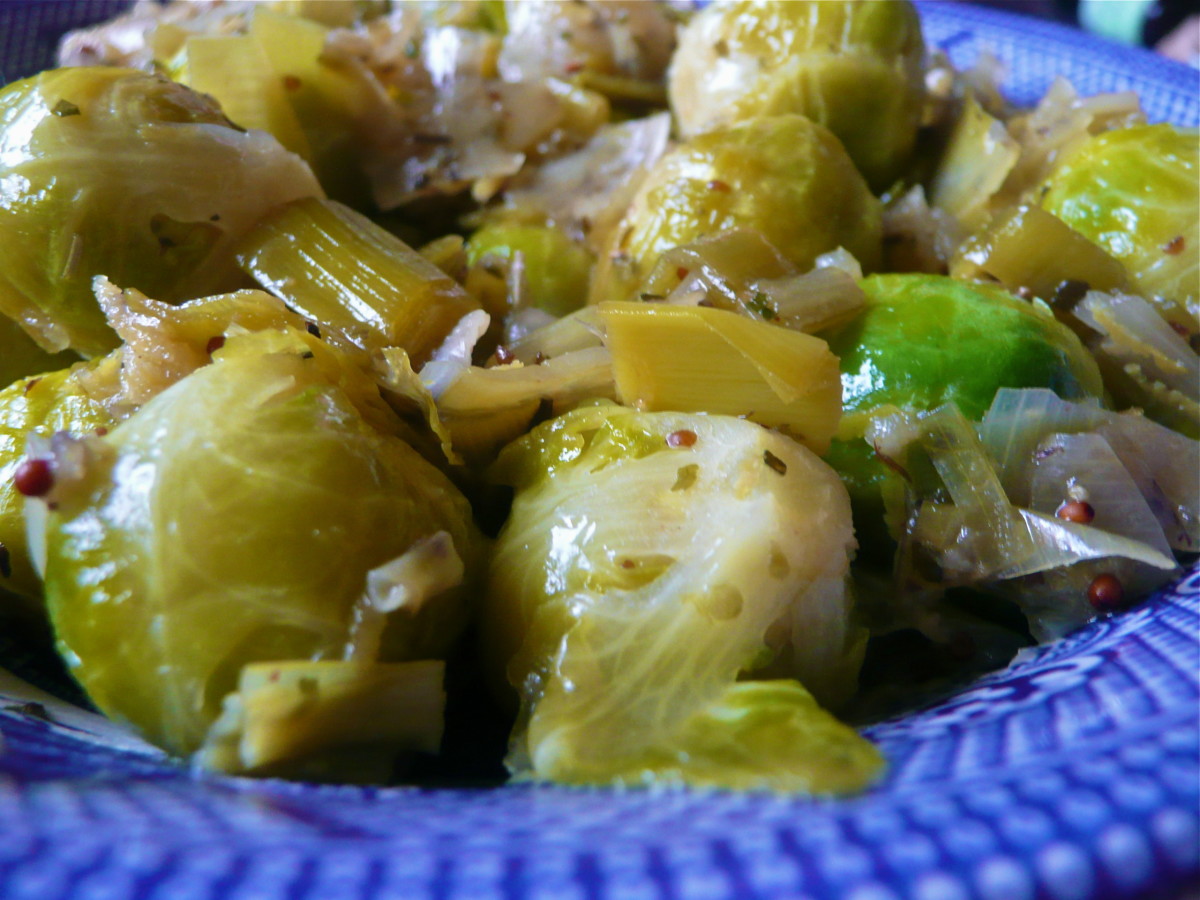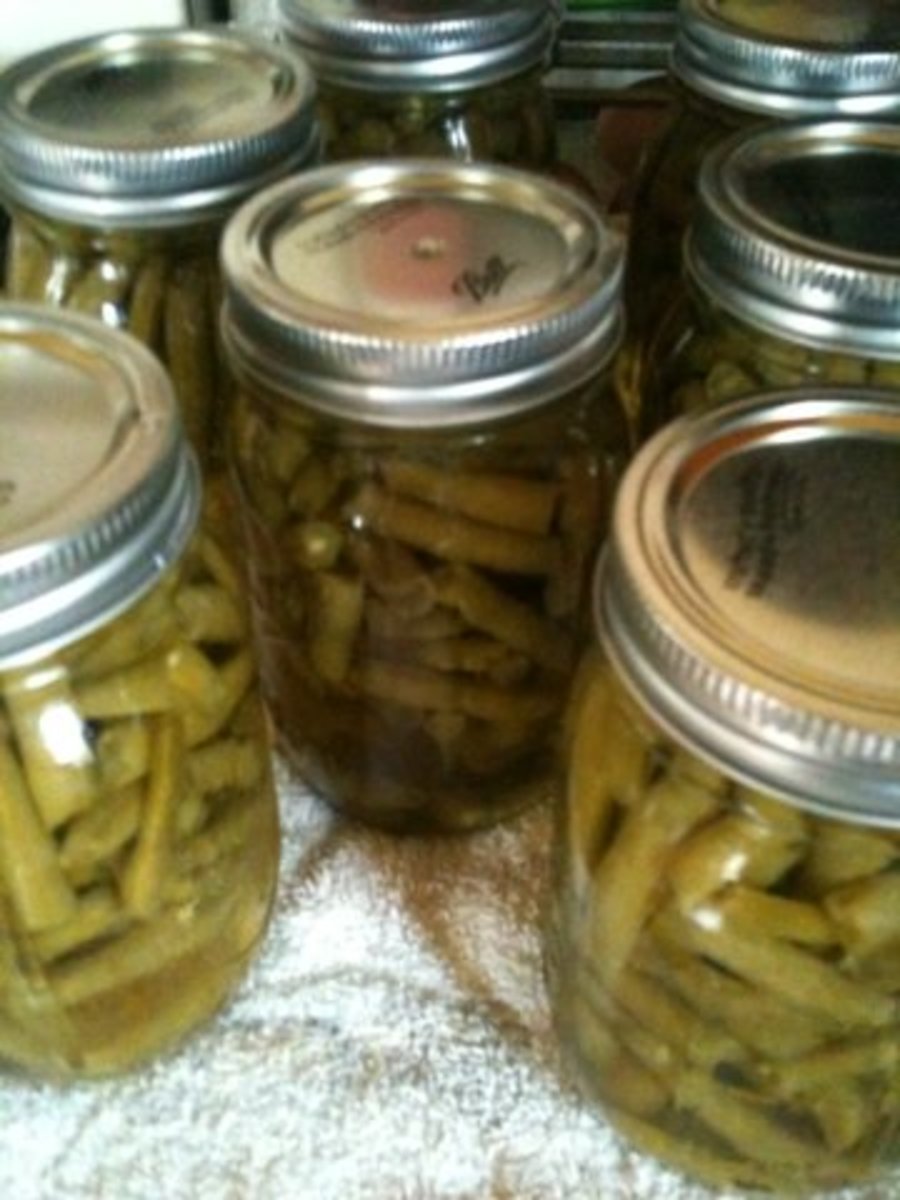- HubPages»
- Food and Cooking»
- Cooking Ingredients»
- Vegetable Ingredients
Brussels Sprouts, the New Kale
It seems kale, dubbed the Queen of greens, has been dethroned. It is no longer the super vegetable of choice. That title has now (2014) been passed on to Brussels sprouts. So, are there vast differences between the two vegetables, especially regarding nutritional value and health benefits? Let’s find out.
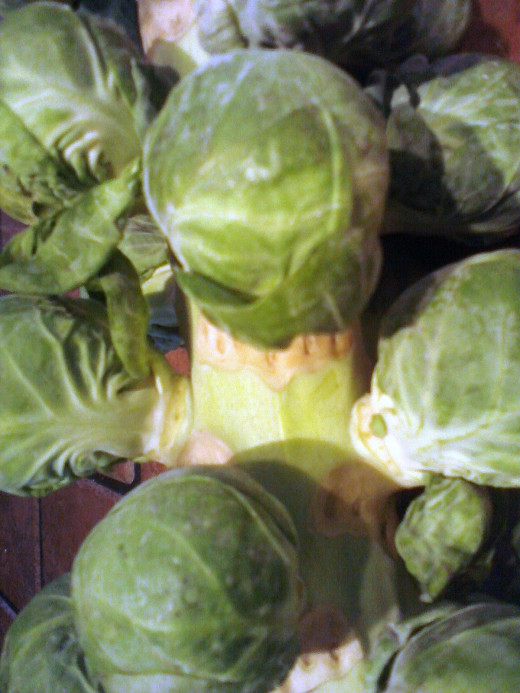
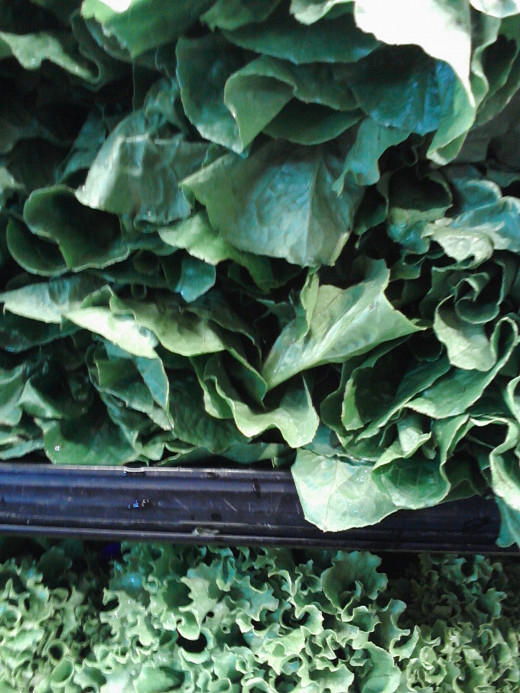
Description of Brussels Sprouts and Kale
Brussels Sprouts
Brussels sprouts resemble and are often referred to as mini or tiny cabbages. Like kale, they thrive in cool, frosty weather. They are also related to the other greens, cauliflower, and broccoli. There are many varieties, but most are hybrids. The process of creating hybrids began in the 1960s when harvesting changed from hand to automation, and crops had to be more “uniform” in size. They are grown primarily in the United States (U.S.).
Hybrid varieties of Brussels sprouts include Confidant: green in color, medium to large in size, mild taste, crunchy texture, and matures early; Bubbles: dark green in color, seemly most uniform in size and shape, and matures early; Jade Cross E: deep green color, large size, and matures very early; Oliver: deep green, medium to large, and compact; Royal Marvel: dark green, compact, sweet and nutty flavor, and crunchy texture.
The more common Open-pollinated (naturally pollinated as opposed to deliberately cross bred) Brussels sprouts varieties include Long Island Improved: dark green in color, large size, uniformly-round, mild sweet taste, tender texture; produces a heavy crop, and freezes well; Rubine, one of the unique red varieties: reddish-purple color, large size, compact, sweet flavor, and tender texture.
Sprouts grow out from the leaf axils, starting at the base of the thick, palm-like stalk of the plant. Sprouts that are too large tend to taste bitter. The Brussels sprouts plant itself grows to about two to three feet in height and one to two feet in width.
Kale
Kale, sometimes called borecole, is a one of those leafy vegetables like mustard greens, collard greens, turnip greens, and Swiss chard. Varieties of kale differ in leaf appearance, taste, and texture. Newer varieties include the dinosaur kale, which was discovered in the late 19th century in Tuscany, Italy. Dinosaur kale is also known as Tuscan kale, Cavolo nero kale, or Lacinato kale. Its leaves are dark blue-green, thick, and it tastes sweeter than other types. Ornamental kale has been cultivated in California since the 1980s. It is also called salad savoy. The leaves can be green, purple, or white. Though it is said to have a milder-than-most flavor and softer texture, ornamental kale is usually used decoratively.
Other varieties of kale include the Scottish types such as Redbor with reddish-purple, curly leaves, mild flavor, and crunchy texture; Dwarf Blue Curled Scotch with blue, curly leaves that are tastier and tender when young, and Winterbor with thicker blue-green leaves. The Siberian or Russian varieties include Red Russian with tender, sweet, flat blue-gray leaves, and stems that are blue-green in warm season and red in the cold; White Russian with sweeter leaves, and Blue Curled Vates with blue-green, curly, and dwarf leaves. Kale plants have an average height about two feet and width up to three feet. Like Brussels sprouts leaves grow out from a central stem. In general, younger leaves on most varieties tend to be sweeter and tenderer.
History of Brussels Sprouts and Kale
Brussels sprouts can be traced back to Belgium in the 1200s. The name Brussels refers to the country’s capitol city. They were brought to the United States some time in the 1800s. They can grow well just about every where, but are grown mostly in California. Brussels sprouts scientific name is Brassica oleracea var gemmifera, and they belong to the Cruciferae family, which are plants with four-part shaped flowers that resemble crosses.
Kale has been cultivated for at least 3,000 years in Asia Minor. It apparently originated from a wild cabbage. Gypsy Celtics transported it to Europe in 600 B.C.E. It eventually became quite the favorite vegetable of the Greeks and Romans. Some historians report that the English brought it the United States in the 17th century, while others claim its introduction to the Americas was by Russian traders. Kale’s scientific name is Brassica oleracea. Like the aforementioned greens, broccoli, etc., it is also a member of the Cruciferae family.
Nutritional Value of Brussels Sprouts versus Nutritional Value of Kale
Brussels sprouts are loaded with many of the compounds needed by the human body: Vitamins A, B-1 (thiamine), B-3 (niacin), B-5 (pantothenic acid), B-6 (pyridoxine), choline, C, E, and K; minerals calcium, copper, iron, and manganese, phosphorous, and potassium; dietary fiber; phytonutrients sulforaphanes, indoles, antioxidant flavonoids (especially quercetin, cafeic acid, and other polyphenols), caretenoids(lutein, beta-carotene, zeaxanthin), and omega-3 fatty acids. Brussels sprouts also have healthy amounts of the minerals magnesium and zinc, and protein. There is no cholesterol.
Kale too is exceedingly rich in a number of essential compounds: Vitamins A, B-1, B-2 (riboflavin), B-3, B-6, B-9 (folate), C, E, and K; minerals calcium, iron, and magnesium; dietary fiber; phytonutrients sulforaphanes, phenols, antioxidant flavonoids ( kaempferol and quercetin, in particular), caretenoids( lutein, beta-carotene, zeaxanthin), and omega-3 fatty acids. Kale also has healthy quantities of the minerals copper, manganese, phosphorus, and potassium, and no cholesterol.
Health Benefits of Brussels Sprouts versus Health Benefits of Kale
The nutritional values and health benefits of Brussels sprouts and kale are quite similar. The only difference might be due to one vegetable having more of a particular essential compound than the other and therefore promoting better or more health in certain systems and/or functions of our body.
The vitamins A and C in both Brussels sprouts and kale are antioxidants. They gobble up those disgustingly dangerous free radicals from our cells. They do this along with the vitamin manganese, the flavonoids quercetin and beta-carotene, and some of the sulforaphanes. Vitamin A also aids in the promotion of healthy skin and mucous membranes, and vitamin C promotes a stronger immune system. The B-vitamins are essential for many of our body’s metabolic processes. Vitamin K helps aid in blood clotting, strengthening muscles and bones, and may even retard Alzheimer’s.
The mineral iron helps to transmit oxygen in the blood, produce red blood cells, and aids in liver function. Calcium is necessary for maintaining strong bones and cartilage. The other minerals, sulforaphanes, and phytonutrients, along with dietary fiber (lowers cholesterol) provide heart support.
The dietary fiber additionally helps to detoxify the body by promoting waste elimination, aids in digestion, prevents the overgrowth of bacteria Heliobacter pylori in the stomach, and promotes weight loss.
Phytonutrients (phenols, flavonoids, carotenoids) prevent cancers of the breast, lung, bladder, colon, ovaries, and prostate. Carotenoids lutein, beta-carotene, and zeaxanthin slow the macular degeneration, other age-related visual issues, and atherosclerosis. Omega-3 fatty acids contain anti-inflammatory properties and protects against autoimmune ailments.
The choline in Brussels sprouts works with the B-complex vitamins to prevent high levels of fat accumulation in the liver, and inflammation and homocysteine build up in the blood.
Side Effects of Brussels Sprouts versus Side effects of Kale
Excessive amounts of vitamin K in the body have been known to interfere with the function of warfarin and other anticoagulants. Kale’s oxalates could also retard calcium absorption.
Preparing Brussels Sprouts and Kale for Consumption
Brussels sprouts cook fast, especially when sliced in half. Steam, broil, boil, grill, sauté, or stir fry them, it’s all delicious. Add sprouts to salads, soups, pasta, pizza, or prepare as a side dish.
Kale can be eaten raw (better when chopped) or cooked. Braise, sauté, steam, add to salads, eggs, soups, stews, rice and pasta dishes, use as a side dish, or to top pizza.
Availability, Selection, and Shelf Life of Brussels Sprouts and Kale
Both Brussels sprouts and kale are available year-round, but Brussels sprouts are best bought from fall to early spring, and kale is best from mid-winter to early spring.
Sprouts should be firm, tight or compact, and bright in color. There should be no holes, wilting, or yellowing. Kale leaves should also be brightly colored, and fresh (not wilted) without holes or yellowing.
Brussels sprouts can be kept unwashed and on the stem in the fridge for up to 10 days or in a plastic bag for two to three days. They can also be kept frozen for up to a year, but must be blanched and stored in plastic. Unwashed kale can be stored in an airtight plastic bag for up to five days.
So, why are Brussels sprouts the new kale? It might just have to do with our desire for fads.
Crispy Brussels Sprouts Two Ways
Vegetable Preference
Which do you prefer?
Medical Disclaimer
This article simply provides information and is not suggesting that you use these vegetables to treat any ailment. Always consult your healthcare professional.

